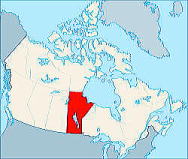Saskatchewan
Saskatchewan is a prairie province in Canada, with an estimated population
of about 1,000,000 in 2009,
which are mostly living in the southern half of the province. Of these,
234,000 live in the province's largest
city, Saskatoon, while 195.000 live in the provincial capital, Regina.
Saskatchewan's economy is associated
with agriculture. However, oil and natural gas industries are also a very
important part of Saskatchewan's
economy. Only Alberta exceeds the province in overall oil production. Average
low temperature in Regina
is -21.6 in January, and high temperature is 25.7 centigrade in July.
Source: Wikipedia

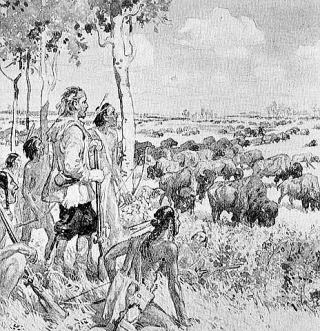
(L) The location of Saskatchwan (R) A group of buffalos on the western
plains
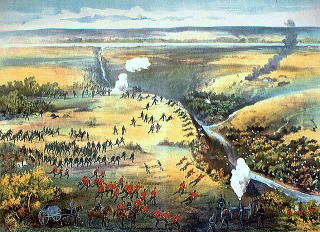
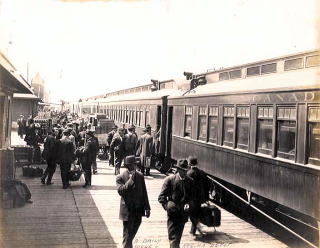
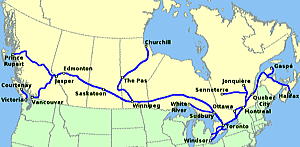
(L) Battle of Fish Creek in 1885 (M) Passengers boarding a train at Union
Station in Regina, circa1915,
when trains were the principal means of transportation to and from Regina.
At present, Canadian Pacific Railway no longer operates passenger train
services.
(R) The map shows railway routes served by VIA Rail Canada.

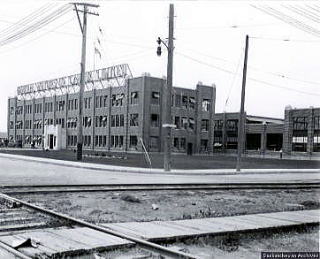

(L) An automobile pulled by horse during the Great Depression in the 1930's
(M) General Motors Factory, Regina 1928
(R)Old post office in the City of Regina
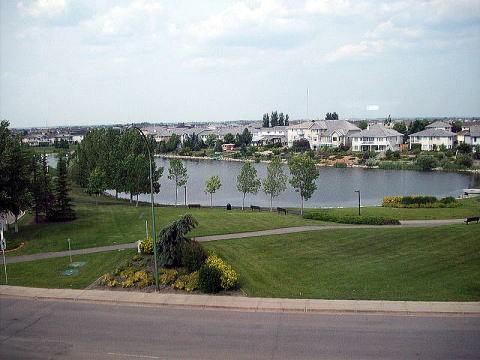
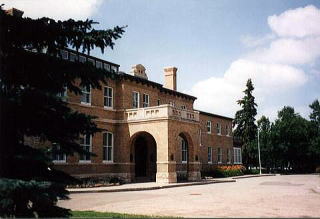
(L) Decorative storm reservoir and newer residential area (R) Government
House in Regina
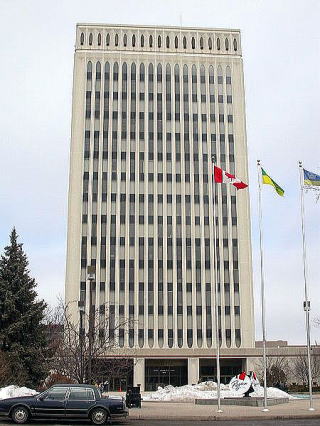
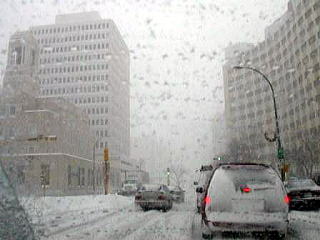
(L) Regina City Hall (R) Downtown Regina in winter
Smoking Ban in Saskatchewan, Canada
Saskatchewan banned smoking in public places in January 2005 and banned
smoking in workplaces in May 2009.
The province reinstated'shower curtain law' (2005) requires shop owners
to keep tobacco sales out of sight. There are
finesof up to $10 000 for violation of the Tobacco Control Act, which bans
smoking in all public areas, indoor and outdoor,
including clubs for veterans.
Questions and Answers- Tobacco Control Act
Q. What is a public place?
The ban prohibits smoking in enclosed public places. "Enclosed public
place" as defined
in the Act means "all or any part of a building or other enclosed
public place or conveyance
to which the public has access as of right or by express or implied invitation
and includes:
- an outdoor bus shelter
- a public building or facility
- a vehicle that:
*is used or made available for public transit or as a commercial vehicle;
and
*is used to transport members of the public; but only during any period
that the vehicle
- is made available for hire, including any break periods;
- a building, enclosed place or facility owned or leased by a private club
that restricts
- admission to members and guests."
Some examples are: Bars, billiard halls, bingo halls, bowling centres,
casinos, restaurants,
private clubs, retail stores and taxis.
Q. Why are municipalities being given jurisdiction to enact bylaws to
restrict smoking in outdoor places such as open air sports grounds, etc.?
Municipalities are showing leadership in the area of smoke-free public
places, and this provides
them with the opportunity to go above and beyond the Act.
Providing municipalities with this authority enables them to pass bylaws
that reflect the views
and interests of the local community.
Q. Why are private clubs among the smoke-free public places?
Our goal is to de-normalize smoking in Saskatchewan, to reduce the use
of tobacco and to
improve the health of Saskatchewan residents.
Prohibiting smoking in private clubs provide a level playing field with
other hospitality
establishments in our province and protect people from the hazards of second-hand
smoke.
To allow smoking in private clubs could have a major negative impact on
other bars and
restaurants subject to smoking restrictions.
Q. Why have you not included outdoor patios in the smoking ban?
The Tobacco Control Act does not include a ban on smoking on outdoor patios.
However,
municipalities have the authority to enact bylaws to restrict smoking outside
buildings,
including patios outside. In such an instance, the stricter law applies.
Q. Will Designated Smoking Rooms be permitted in public places?
Designated Smoking Rooms are not allowed under The Tobacco Control Act
in enclosed
public places.
We do not believe that designated rooms for smokers are an effective solution
to the
problem of second-hand smoke in public establishments.
Designated smoking rooms do not support our goal to de-normalize smoking
in Saskatchewan,
to reduce the use of tobacco and to improve the health of Saskatchewan
residents.
Permitting designated smoking rooms creates an uneven playing field among
public
establishments. Some owners may be able to afford to build them, while
others may not.
Ventilation systems must be carefully maintained and can break down. The
door to
the smoking rooms will have to be opened when people enter and exit the
room,
allowing second-hand smoke to enter the rest of the establishment. When
the designated
space becomes too smoky, their doors are sometimes left open, allowing
toxic tobacco-smoke
to enter the rest of the establishment.
Source: Government of Saskatchewan
サスカチュワン州はカナダの中央平原にある地域に位置し、西はアルバータ州と、東はマニトバ州に
接している。州都はレジャイナ、最大の都市はサスカトゥーンである。農業が経済の中心となっており、
ウランなどの鉱業が主要な産業である。サスカトゥーンの冬は非常に寒く、1月の平均最低気温は-22.3℃、
7月の最高気温、24.9℃である。筆者は1962年9月、カナダ大陸横断自動車旅行に際にサスカトゥーン市
を経由してマニトバ州のウイニベックに向かっている。
マニトバ州・サスカチャン州では喫煙規制法を2005年に実施した。その目的は公共的施設での有害な
タバコ副流煙の悪影響から州民を守るためである。全面禁煙規制範囲にはレストラン、バーを含む。
上に掲載したサスカチャン州政府の質疑応答は受動喫煙防止法を作成するときに非常に参考になる
内容が含まれている。
Provinces of Canada, including a smoking restriction
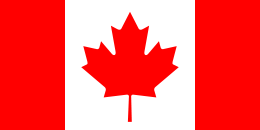 BC, Canada
BC, Canada
 Alberta
Alberta
 Saskatchewan
Saskatchewan
 Manitoba
Manitoba
 Ontario
Ontario
 Quebec
Quebec
 New Brunswick
New Brunswick
 Nova Scotia
Nova Scotia
Canada
 Smokefree British Columbia
Smokefree British Columbia  Smokefree Alberta
Smokefree Alberta  Trip to Canada 2011
Trip to Canada 2011  Vancouver
Vancouver  North Vancouver
North Vancouver
 Whistler
Whistler  Skytrain
Skytrain  VIA train
VIA train  Jasper
Jasper  Icefield and Bow Summit
Icefield and Bow Summit  Emerald Lake
Emerald Lake  Lake Louise
Lake Louise
 Banff
Banff  Calgary
Calgary  Edmonton
Edmonton  Hospitals in BC and Alberta
Hospitals in BC and Alberta  Tobacco control in B.C. and Alberta 2011
Tobacco control in B.C. and Alberta 2011
 カナダ・サスカッチャン州
カナダ・サスカッチャン州
 2010年2月執筆 医学博士 宮本順伯
2010年2月執筆 医学博士 宮本順伯
★ This Web site is link-free.
The article was written in February 2010, by Junhaku Miyamoto, M.D., PhD.
Copyright (C) 2010 Junhaku Miyamoto, PhD. All right is reserved.
